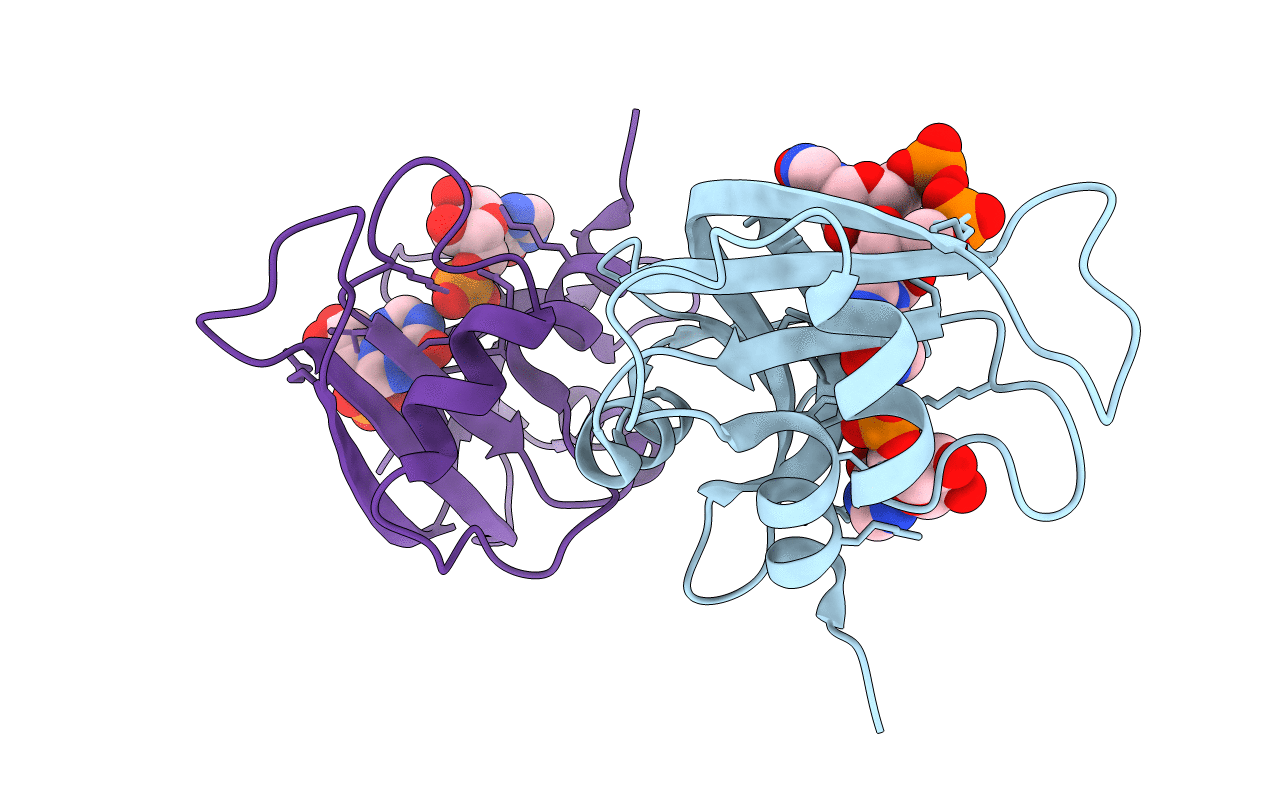
Deposition Date
2005-03-22
Release Date
2005-08-16
Last Version Date
2024-10-30
Method Details:
Experimental Method:
Resolution:
1.54 Å
R-Value Free:
0.23
R-Value Work:
0.18
R-Value Observed:
0.18
Space Group:
C 1 2 1


